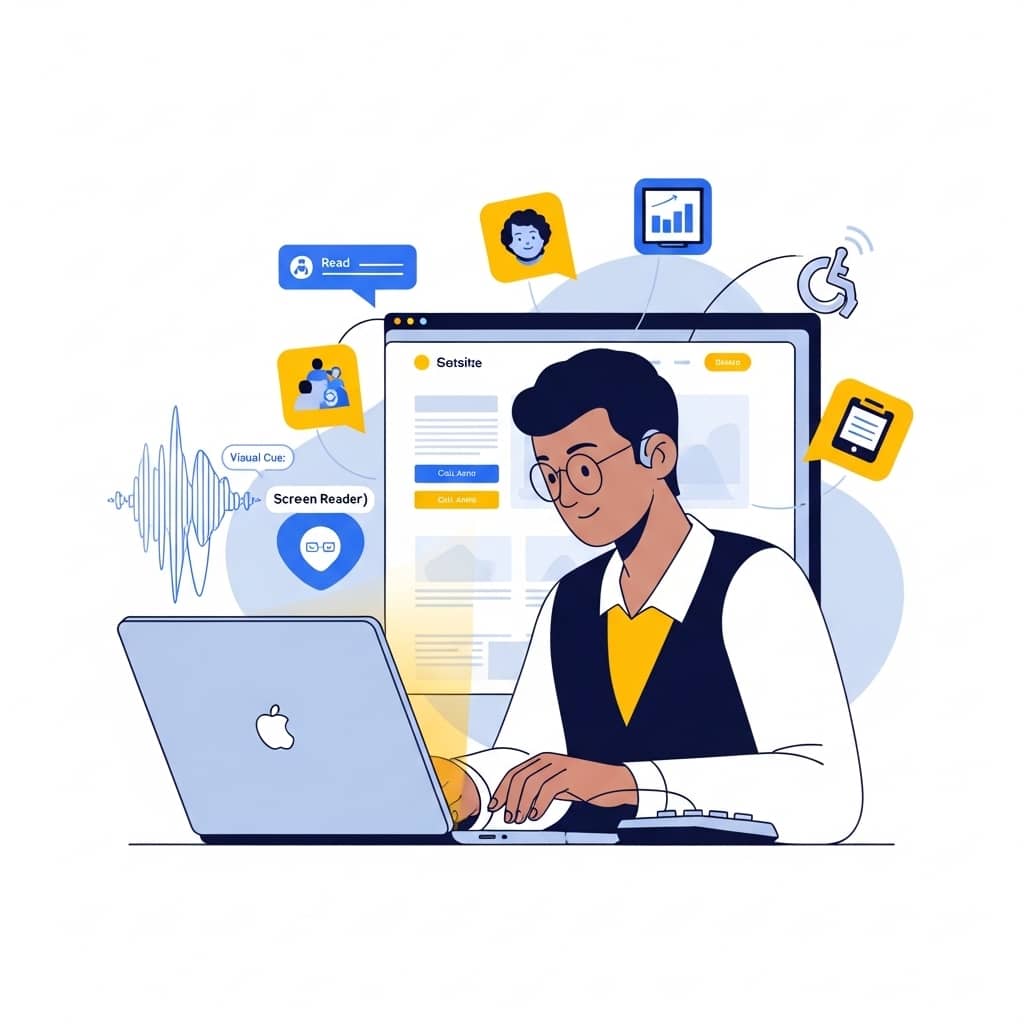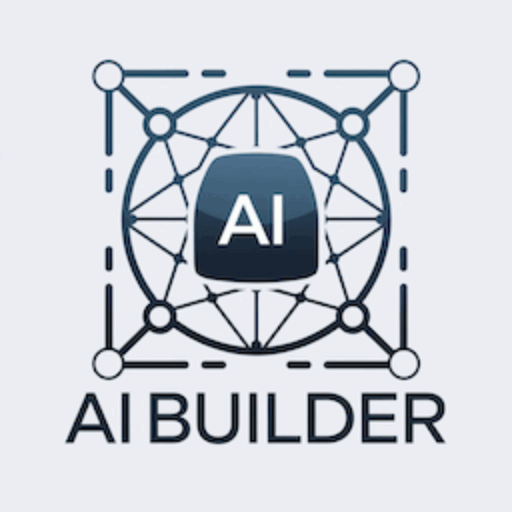Building Inclusive Websites with AI
Enhancing Accessibility in WordPress Through Artificial Intelligence
Digital accessibility is no longer optional—it’s essential. Every day, millions of users with disabilities navigate the web using assistive technologies, and they deserve the same seamless experience as everyone else. When websites ignore accessibility, they exclude a significant portion of their audience and limit their reach.
The Web Content Accessibility Guidelines (WCAG) provide a framework for making digital content accessible to people with visual, auditory, motor, and cognitive disabilities. These guidelines cover everything from color contrast and keyboard navigation to screen reader compatibility and multimedia alternatives. However, manually implementing WCAG standards can be time-consuming and technically challenging, especially for small teams or solo creators.
Enter artificial intelligence. AI is transforming how we approach accessibility by automating compliance checks, providing real-time adjustments, and making inclusive design faster and more efficient. With AI-powered tools, WordPress users can now build accessible websites without extensive technical knowledge, ensuring that everyone can access their content regardless of ability.
AI-Powered Accessibility Audits
Traditional accessibility audits require manual testing across multiple devices and assistive technologies—a process that can take weeks and demand specialized expertise. AI changes this equation dramatically. Modern AI tools can scan entire websites in minutes, identifying accessibility violations such as missing alt text, insufficient color contrast, improper heading hierarchies, and broken ARIA labels.
These intelligent systems don’t just flag problems—they provide actionable recommendations. For example, if an image lacks alt text, the AI can suggest descriptive alternatives based on image recognition. If color contrast fails WCAG standards, the tool recommends specific color adjustments. This instant feedback loop transforms accessibility from a daunting checklist into a manageable, iterative process.
The AI Builder plugin exemplifies this approach. When users generate images through the plugin, they’re prompted to add descriptive alt text, ensuring that every visual element contributes to both accessibility and SEO. This proactive guidance helps creators build inclusive content from the start, rather than retrofitting accessibility as an afterthought.
Real-Time Content Adjustments
One of AI’s most powerful accessibility features is its ability to personalize user experiences in real time. AI-driven accessibility widgets allow visitors to customize their browsing experience without requiring developers to rebuild the entire site. Users can adjust font sizes, increase line spacing, modify color contrast, or switch to high-contrast modes—all with a few clicks.
Beyond manual adjustments, AI can automatically generate alt text for images that lack descriptions. Using computer vision and natural language processing, these systems analyze image content and produce accurate, contextual descriptions. While human review remains important for nuance and accuracy, AI-generated alt text provides an excellent starting point and ensures that no image goes undescribed.
These real-time adjustments benefit everyone, not just users with disabilities. Older adults, people with temporary impairments, and users in challenging environments (like bright sunlight) all gain from flexible, adaptable interfaces. By making accessibility features available to all visitors, AI helps normalize inclusive design and demonstrates that accessibility improvements enhance usability for everyone.

Enhancing Assistive Technologies
Assistive technologies like screen readers, speech-to-text software, and predictive text systems have existed for years, but AI is making them dramatically more effective. Modern AI-driven screen readers can better interpret complex page layouts, understand context, and provide more natural-sounding narration. They can identify and skip repetitive navigation elements, summarize lengthy content, and even detect the emotional tone of text.
Speech-to-text and voice navigation have also improved significantly through AI. Natural language processing allows users to navigate websites using conversational commands rather than memorizing specific keywords. Predictive text helps users with motor impairments by anticipating their input and reducing the number of keystrokes required.
For WordPress creators, this means that using AI to generate well-structured content and clear navigation becomes even more important. When your site has logical heading hierarchies, descriptive link text, and semantic HTML, AI-powered assistive technologies can interpret and present your content more effectively. The combination of AI-generated structure and AI-enhanced assistive tech creates a powerful synergy that benefits all users.
Regulations and Best Practices
Accessibility isn’t just good practice—it’s increasingly required by law. The Americans with Disabilities Act (ADA) in the United States, the European Accessibility Act in the EU, and similar regulations worldwide mandate that digital content be accessible to people with disabilities. Non-compliance can result in lawsuits, fines, and reputational damage.
WCAG provides three levels of conformance: A (minimum), AA (mid-range), and AAA (highest). Most regulations require at least AA compliance, which covers essential accessibility features like sufficient color contrast, keyboard navigation, and text alternatives for non-text content. AI tools can help you achieve and maintain compliance by continuously monitoring your site and alerting you to potential violations.
However, AI is a tool, not a replacement for human judgment. Always review AI-generated suggestions to ensure they’re accurate and contextually appropriate. An AI might describe an image technically correctly but miss important nuances that a human would catch. Combine AI efficiency with human oversight for the best results.
Beyond compliance, accessible content expands your audience and improves SEO. Search engines favor well-structured, descriptive content—the same qualities that make sites accessible. By prioritizing accessibility, you’re not just meeting legal requirements; you’re building a better website for everyone and reaching more potential customers or readers.
The Future of Inclusive Web Design
AI is democratizing accessibility by making it faster, easier, and more affordable to build inclusive websites. What once required specialized expertise and significant time investment can now be achieved by anyone with the right tools. WordPress users, in particular, benefit from AI-powered plugins and features that integrate seamlessly with the platform’s native capabilities.
As AI continues to evolve, we can expect even more sophisticated accessibility features: real-time translation for deaf users, advanced cognitive support for people with learning disabilities, and predictive interfaces that adapt to individual needs. The goal is a web where accessibility is automatic, invisible, and universal—where everyone can access information and services regardless of ability.
Start Building Accessible Websites Today
Ready to make your WordPress site more inclusive? AI Builder helps you create accessible content from the start with intelligent prompts, automated checks, and seamless integration with WordPress.
